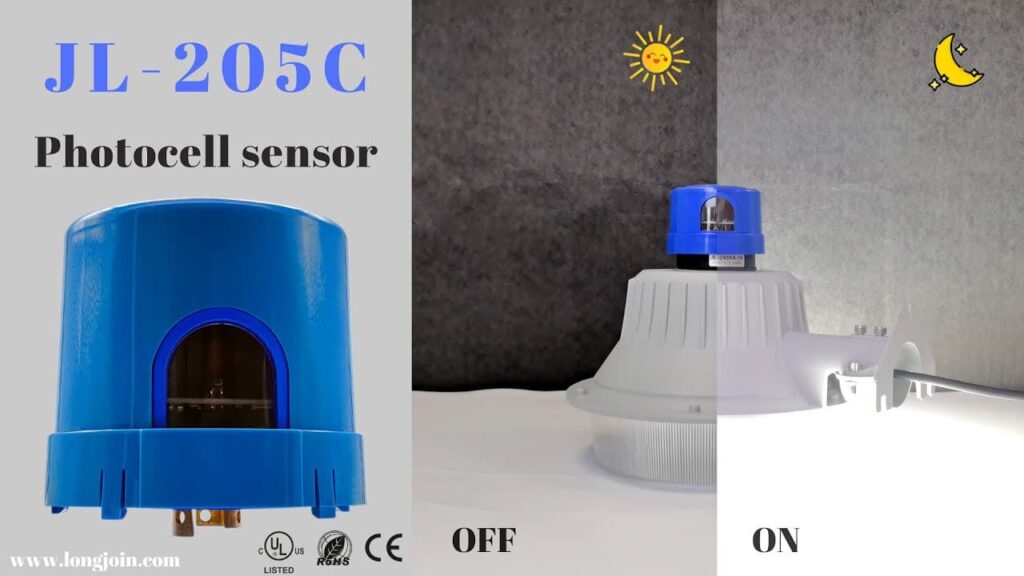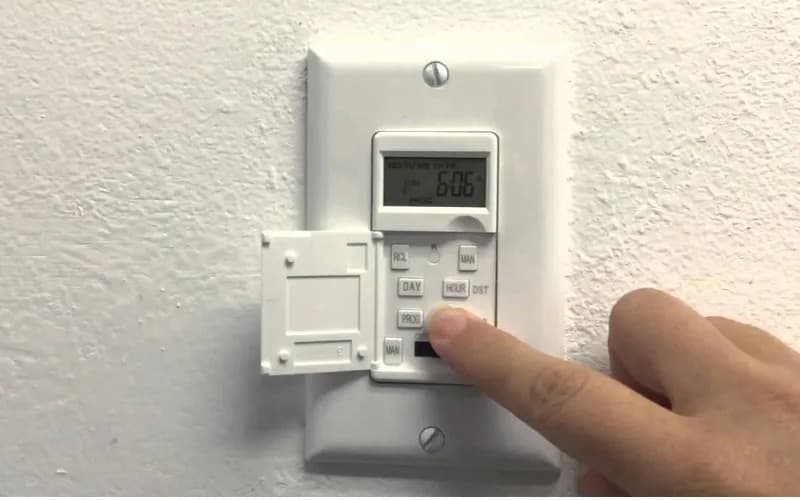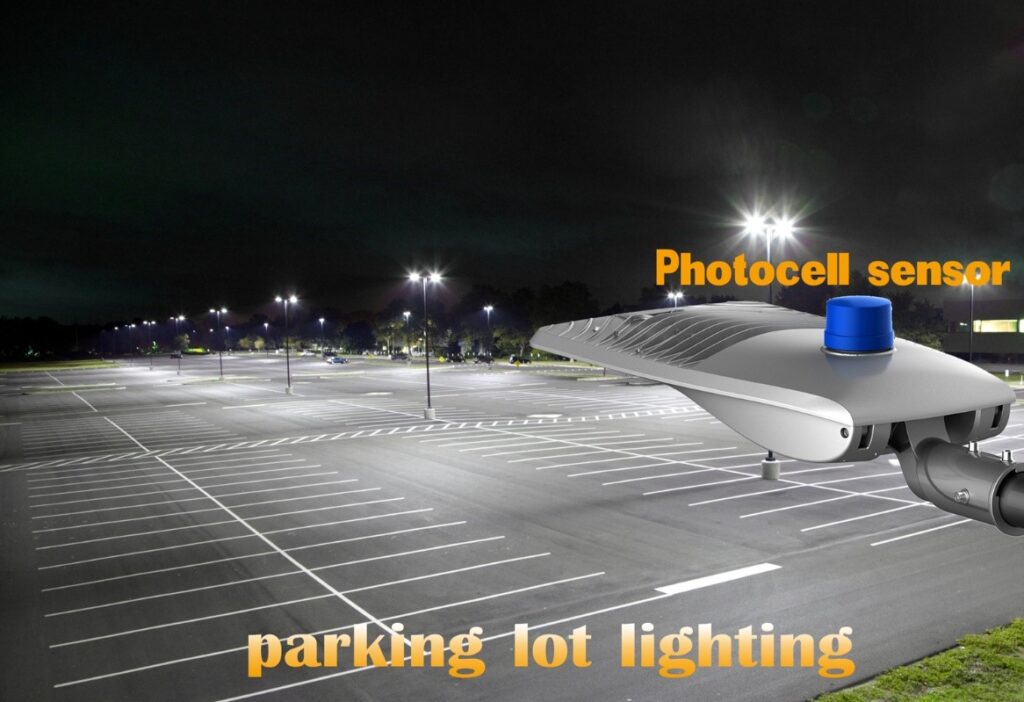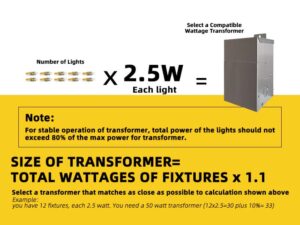Differences between Long-Join Photocontroller JL-205C and Timer Switches: A Comparison of Intelligent Lighting Control Solutions
Introduce
Smart lighting keeps changing every year. Your control choice shapes overall efficiency, reliability, and the total cost of outdoor lighting projects. Two common choices are photocells and timer switches. Both options automate lighting. They turn lights on and off at the right time. Still, some systems deliver better results.
This article compares the Long-Join Photocontroller JL-205C, a next-generation photocell lighting sensor, with traditional and astronomical timer switches. It explores their working principles, intelligent functions, environmental adaptability, installation, and cost-benefit ratio, helping decision-makers choose the most appropriate solution for smart city, commercial, or industrial lighting projects.
At Long-Join Electronics, our innovation in Photocontrol design — including the JL-205C Photocontroller — aims to enhance efficiency and durability for global street light controller systems.

What Makes the Long-Join Photocontroller JL-205C Unique?
Many lighting systems waste power because they operate on fixed schedules. But what if your lighting could see the world around it and respond automatically to natural light levels? That’s exactly what the JL-205C does.
JL-205C uses an advanced photoelectric sensor. It measures the ambient light continuously. When daylight falls below a set level, the photocell switch automatically turns on the lights. When light returns, it turns them off. This real-time responsiveness allows outdoor systems to operate precisely at dusk and dawn — without manual intervention.
Key Working Principles of JL-205C
Function | Description | Benefit |
Light Detection | Built-in photo sensor measures ambient brightness. | Enables accurate dusk-to-dawn switching. |
Microprocessor Control | Intelligent logic adjusts timing and delay. | Prevents flicker or false triggering. |
Programmable Threshold | Adjustable sensitivity for different regions. | Supports custom lux levels. |
Weather-Resistant Design | IP65-rated enclosure. | Reliable even in rain, dust, or fog. |
The JL-205C isn’t like older models. It has a sealed optical window that blocks stray light and keeps readings accurate, even near shiny metal poles or glass walls.
This adaptable design suits outdoor street lighting. It also serves parking lots and parks, where light levels change daily..
Learn more about the IP65 Photocontrol Design that keeps Long-Join products performing under harsh weather.
How Do Timer Switches Work and What Are Their Types?
Before we compare, let’s define a timer switch. It controls lighting. It runs on a set schedule. It turns lights on or off at chosen times. It doesn’t sense light; it only follows an internal clock inside.
There are two primary categories: traditional timer switches and astronomical (remote control) timer switches.
Characteristics of Traditional Timer Switches
Traditional timers are simple to set. But they need manual changes with the seasons. Daylight shifts, schedules slip. Lights can switch on too early or too late. That wastes energy and can leave some areas in darkness.

Characteristics of Astronomical Timer Switches
Astronomical timers calculate sunrise and sunset automatically using geographic coordinates. They offer more precision but need configuration and may cost more upfront.
Type | Control Basis | Strengths | Limitations |
Traditional Timer | Fixed schedule | Simple, low-cost | Needs frequent adjustment |
Astronomical Timer | Calculated sunrise/sunset | Seasonal accuracy, energy saving | Complex setup, higher cost |
While timer switches serve well in small indoor systems, they are less adaptive than a light photocell sensor like the JL-205C, which dynamically reacts to weather and daylight changes in real time.
How Does the JL-205C Photocontroller Compare Functionally with Timer Switches?
Choosing between a Photocontrol and a timer switch often comes down to responsiveness, maintenance effort, and energy savings. The following comparison table summarizes their core functional differences.
Functional Comparison
Criteria | Long-Join JL-205C Photocontroller | Timer Switches |
Control Mechanism | Ambient light detection | Time-based schedule |
Response Type | Real-time, automatic | Pre-set, periodic |
Energy Efficiency | Optimized by light intensity | Depends on time accuracy |
Maintenance | Minimal, self-adjusting | Frequent manual recalibration |
Installation | Plug-and-play via NEMA or Zhaga socket | Requires programming interface |
Longevity | Long life, solid-state components | Mechanical wear possible |
With its outdoor photocell light sensor, the JL-205C adjusts seamlessly across cloudy, rainy, or bright conditions — a level of intelligence that timer switches simply cannot achieve.
This makes it ideal for photocell LED street light networks, where dynamic environmental response and low maintenance are critical.
Where Does Each Technology Work Best?
Different applications require different lighting strategies. The JL-205C excels in outdoor and industrial applications where environmental responsiveness matters most, while timer switches still have their place in stable, predictable settings.
Application Suitability
Environment | JL-205C Photocell Lighting Sensor | Timer Switch (Traditional) | Astronomical Timer |
Public Streets & Highways | Automatically adjusts to daylight | Manual recalibration needed | Good accuracy but setup required |
Parks & Parking Lots | Reliable in variable light | May waste energy | Accurate, moderate cost |
Residential Use | Long lifespan, easy install | Simple setup | Over-engineered |
Industrial Sites | Withstands dust, rain | Not weather-proof | Requires configuration |
In municipal smart city deployments, the JL-205C can connect directly through NEMA or Zhaga sockets — two industry-standard interfaces. You can explore more about these connectors at Long-Join NEMA & Zhaga Socket Solutions.
The JL-205C is a street-light controller that reacts fast to changes around it. It keeps lighting steady for safety and comfort, and it cuts wasted energy.
Why Does Installation and Maintenance Matter So Much?
The simplicity of setup determines whether a control system is practical for large-scale rollouts. The JL-205C offers plug-and-play installation — meaning it connects directly into standard photocontrol receptacles on most LED streetlights.
Timer switches, however, often need configuration, manual calibration, and occasional clock resets.
Installation & Maintenance Comparison
Feature | JL-205C Photocell | Timer Switch |
Installation Steps | Direct plug into NEMA 3-pin or 7-pin socket | Requires wiring to power line |
Calibration | Automatic via light sensor | Manual schedule input |
Durability | IP65-rated enclosure | Varies by model |
Maintenance Interval | 2–3 years typical | Seasonal re-programming |
Low upkeep makes the JL-205C a smart choice for remote or wide sites, like highways or campuses. Crews can’t reach every light often, so this keeps maintenance needs minimal.

How Do These Systems Compare in Long-Term Cost Efficiency?
At first glance, timer switches may appear cheaper. Yet when you consider energy losses, labor costs, and replacement frequency, the JL-205C quickly proves its long-term advantage.
Cost-Benefit Overview
Factor | JL-205C Photocontroller | Timer Switch |
Initial Cost | Moderate | Low |
Energy Savings | Up to 40% (depending on region) | Variable |
Maintenance Cost | Very low | High for manual systems |
Lifespan | >10 years | 3–5 years typical |
Return on Investment (ROI) | 1–2 years | 3–5 years |
These savings stem from precision operation — the JL-205C only powers lighting when truly needed, rather than relying on rigid schedules. Over thousands of luminaires, this translates into significant financial and environmental benefits.
For more details on energy savings through photocontrols, see the U.S. Department of Energy’s outdoor lighting guide.
How Does Environmental Adaptability Influence Performance?
Outdoor environments can shift dramatically — from fog to bright sunshine within minutes. A reliable lighting system must adapt instantly to maintain safety and efficiency.
The JL-205C shines here, using a photoelectric sensor that senses even subtle variations in ambient light. Timer switches lack this adaptability and therefore can misalign with actual daylight hours.
Environmental Performance Table
Condition | JL-205C Performance | Timer Switch Performance |
Rainy / Cloudy | Adjusts instantly | Still follows schedule |
Seasonal Change | Auto-adjusts | Requires reprogramming |
Power Outage Recovery | Resumes normal operation | May reset or lose settings |
Harsh Weather | IP65 protection ensures reliability | Varies; may corrode or fail |
This adaptive design is powered by Long-Join’s precision light sensor control algorithm, ensuring optimal brightness at all times while minimizing unnecessary energy use.
For deeper insights into automatic light sensor design, explore Long-Join’s Photocell Control Technology.
Conclusion
Both Long-Join Photocontroller JL-205C and timer switches contribute to the automation of lighting control, yet they address different needs.
As smart lighting evolves, solutions like the JL-205C stand as the cornerstone of energy-efficient, self-adjusting, and maintenance-free systems. They don’t just turn lights on and off — they think for the city.
Learn more about Long-Join’s intelligent Photocontrol products at www.long-join.com, or explore the product page for detailed specifications and case applications.





